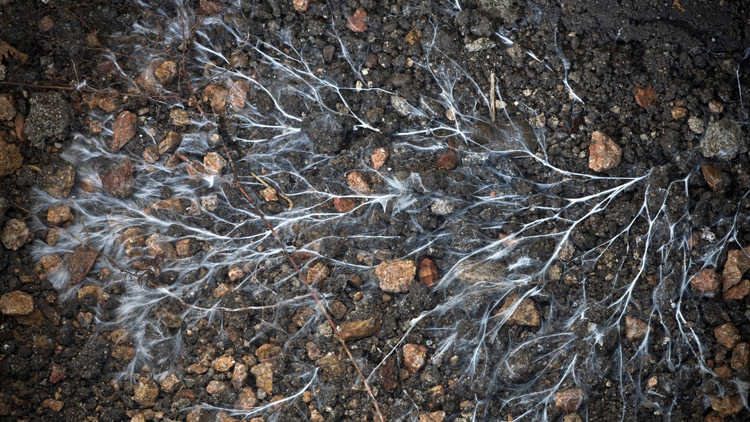
Have you ever heard the flowers in a field whispering to each other? Probably not. But plants—trees, flowers, and bushes—respond instinctively to light, water, and sometimes to touch. What’s more amazing is that they can send, receive, and respond to one another’s signals. They communicate! They send chemical signals to one another through the air and soil.
Some plants are masters at protecting themselves and their friends. If certain trees are suffering from an aphid infestation, they will produce and release compounds that travel through the air and attract aphid-eating insects, such as ladybugs, wasps, and ants. These compounds can also let neighboring trees know they are in danger. Once a neighboring tree senses that it is in danger, it releases chemicals into its leaves that make them taste bad to the troublesome insects.

When plants communicate through the soil, they use a fungal network. This network is like their own invisible internet. Plants are not as solitary as we think! They can do this because of their relationship with fungi. Under the ground, fungi grow around and inside plants’ roots. The fungal filaments connect the roots of different plants, creating a superhighway for chemical exchange. The plants provide nutrients for fungi. The fungi help plants send messages to each other, especially if they are under attack. Plants release chemical signals through their roots to warn others to raise their defenses. Next time you walk through a garden or the woods, think about all the silent communication happening in the soil and air around you.
What could you do? Create an experiment with plants to observe how they communicate and survive with one another.
Reading Response Click on this link to respond to your reading. Print out the response page or upload it to your classroom site.
Photo Credit: (t)Henrik_L/Getty Images, (b)Emmanuel LATTES/Alamy Stock Photo



